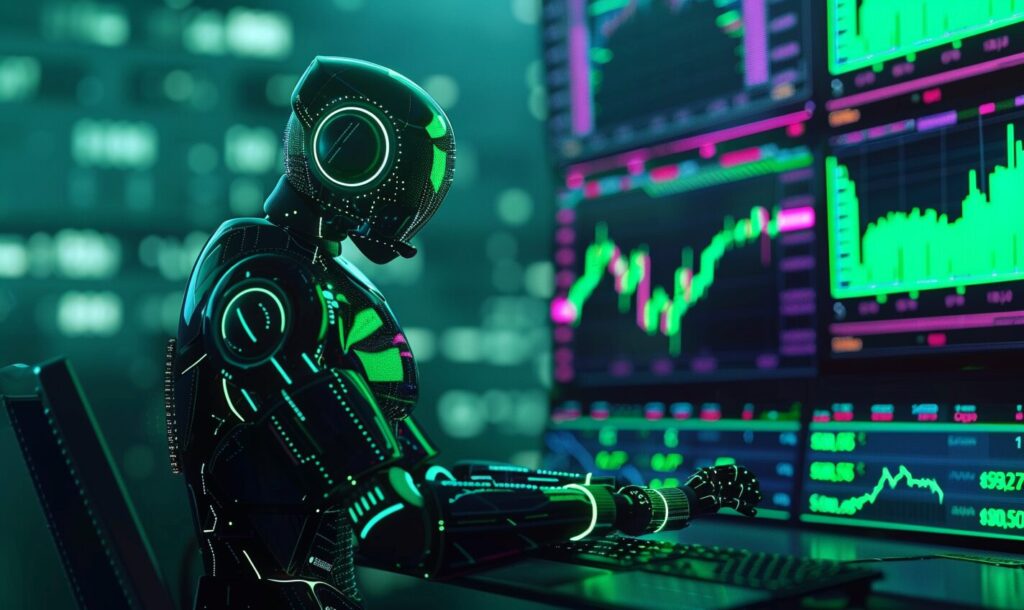Modern technology’s mysticism enhances under countless science fiction-sounding terms like machine learning (ML) and artificial intelligence (AI). As society becomes more reliant upon these technologies to advance medicine, science, and almost every other sector, knowing their distinctions is practically required reading. Learn the differences between two of the essential tech concepts of the age — machine learning vs. artificial intelligence.
What is Artificial Intelligence (AI)?
AI is any machine attempting to replicate human activity, making the boundaries of AI as limitless as human capabilities — if engineers and programmers can figure it out. It’s what allows Netflix to recommend the next perfect show and computerized opponents in video games to give players a challenge.
It works by making decisions based on enormous datasets and algorithms. Because overseers can curate data for accuracy and relevance, AI can connect data points to make precise determinations based on patterns and metadata. With development, AI will potentially carry out court proceedings or self-drive cars — among a host of other tasks, humans will want to delegate away from their responsibility.
AI is quite the umbrella term now, as development has led to offshoots, such as:
- Reactive machines: Programmed to react and operate to predictable outcomes, such as playing a game. They do not adapt based on historical or potential future data.
- Limited memory: Operates with deep learning to constantly learn over time from a previously fixed set of information.
- Theory of mind: Refers to the point when an AI could determine precisely as a human would, considering emotional input. Humans haven’t perfected this AI venture yet.
- Self-aware: This expands on the theory of mind AI. It would describe when an AI could make determinations based on information, emotions, morals and ethics of other humans while simultaneously referring to their own mind.
AI capabilities range from more human-like feats, such as chatbots like ChatGPT using natural language processing (NLP), or technical applications, like voice commands to an Alexa digital assistant.
What is Machine Learning (ML)?
ML is its own concept, but it is a branch of AI. Whereas AI is the machine performing human-like actions, ML is the process that gives AI that ability. Countless AI applications rely on ML to operate successfully, such as finding ways to aid cybersecurity analysts in filtering out spam emails.
ML analyzes datasets — known as training data — automatically without human intervention, giving AI its intelligence. ML becomes more accurate as it perpetually examines incoming data points with historical data, also known as predictive analysis. Then, AI can execute tasks based on ML’s groundwork.
Human intervention must oversee ML operations to ensure data outliers cannot skew output. However, there are a few ways humans accomplish this:
- Supervised: The ML model knows the output it must achieve and uses metadata to get there.
- Unsupervised: The model attempts to learn how to deliver outcomes based on uncategorized data. It analyzes data to determine patterns to make decisions.
- Reinforcement learning: A model that relies on an agent to explore an environment. The agent learns how to interact with the environment using a reward-punishment system.
For example, asking an ML algorithm to predict weather data patterns in Texas may be inaccurate, given the wildly unexpected freeze in 2021 catalyzed by the climate crisis — though AI and ML could have helped in other ways. An outlier like this event could inform decision-making as unpredictable data points become more predictable, or it could deter the ML algorithm from accuracy in the short term.
How Will ML and AI Influence the Future?
As the cliché states, the future is now. Congress can read the world’s first AI speeches, and AI art generators win art competitions against human contestants. Technology has advanced so much now that humans expect AI to make history daily.
Some believe the future of these technologies will focus more on accumulating data to make the systems smarter. Big data is what ML needs to advance. Further development could rely on learning how to handle even vaster data sets instead of trying to execute tasks with what’s available.
Inputting more data so it can learn to make precise predictions with more complex points could make it more proficient if AI ever stands in for humans in the workforce, such as performing medical procedures. Though some humans fear becoming obsolete, experts iterate this is unlikely. If anything, it will assist humans in performing duties with greater accuracy and expedience.
Machine Learning vs. Artificial Intelligence: What Wins?
There is no winner in this fight. These technologies often rely on each other to grow. However, humans must learn to live among these technologies, as ethical and moral debates soar to news headlines and social media feeds.
Datasets become more extensive, and patterns become more intricate and accurate. ML and AI could discover cures to medical problems never-before-understood because they could have access to every byte of health data. They could also create world-transcending stories, inspiring the next generation of writers. The power is infinite and unstoppable.
Recent Stories
Follow Us On
Get the latest tech stories and news in seconds!
Sign up for our newsletter below to receive updates about technology trends














